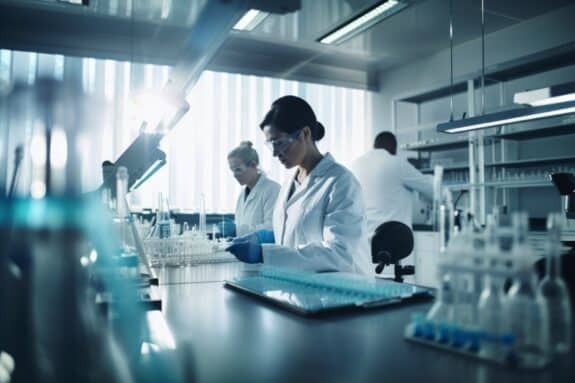Although we’ve learned a lot about autism over the past few decades, there’s still a great deal to discover. One of the more recent findings involves the human microbiome.
Most similar studies have only reported on the relative proportions of specific microbes, which required sophisticated statistics to separate the signal from all the noise. Additionally, they were typically one-time snapshots and only offered limited information.
With 43 authors, the study brought together some of the world’s top leaders in medicine, engineering, autism, computational biology, and microbiomes. The information uncovered is some of the most in-depth, to date.
“The sheer number of fields and areas of expertise in this large-scale collaboration is noteworthy and necessary to get a new and consistent picture of autism,” says Rob Knight, the director of the Center for Microbiome Innovation at the University of California San Diego and a study co-author.
“We were able to harmonize seemingly disparate data from different studies and find a common language with which to unite them. With this, we were able to identify a microbial signature that distinguishes autistic from neurotypical individuals across many studies,” says Jamie Morton, one of the study’s corresponding authors, who began this work while a postdoctoral researcher at the Simons Foundation and is now an independent consultant.
“But the bigger point is that going forward, we need robust long-term studies that look at as many datasets as possible and understand how they change when there is a [therapeutic] intervention.”
Using 25 previously published datasets, the team developed an algorithm to re-analyze microbiome and other “omic” information, such as gene expression, diet, and immune response. Within each dataset, they found the best-matched pairs in both autistic and neurotypical individuals.
“Rather than comparing average cohort results within studies, we treated each pair as a single data point, and thus were able to simultaneously analyze over 600 ASD-control pairs corresponding to a de facto cohort of over 1,200 children,” says Taroncher-Oldenburg.
“From a technical standpoint, this required the development of novel computational methodologies altogether,” he adds. Their new computational approach enabled them to reliably identify microbes that have differing abundances between ASD and neurotypical individuals.
“A single time point is only so powerful; it could be very different tomorrow or next week,” says study co-author Brittany Needham, assistant professor of anatomy, cell biology and physiology at the Indiana University School of Medicine.
“We wanted to address the constantly evolving question of how the microbiome is associated with autism, and thought, ‘let’s go back to existing datasets and see how much information we may be able to get out of them,’” says co-corresponding author Gaspar Taroncher-Oldenburg, director of Therapeutics Alliances at New York University, who initiated the work with Morton while he was a consultant-in-residence for SFARI.
They were able to identify autism-specific metabolic pathways associated with particular human gut microbes. These pathways were also seen elsewhere, including brain expression and diet.
“We hadn’t seen this kind of clear overlap between gut microbial and human metabolic pathways in autism before,” says Morton.
Similar overlaps were discovered in a long-term fecal microbiota transplant study led by Jams Adams and Rosa Krajmalnik-Brown at Arizona State University’s Biodesign Center for Health Through Microbiomes.
“We hadn’t seen this kind of clear overlap between gut microbial and human metabolic pathways in autism before,” says Morton.
“Before this, we had smoke indicating the microbiome was involved in autism, and now we have fire. We can apply this approach to many other areas, from depression to Parkinson’s to cancer, where we think the microbiome plays a role, but where we don’t yet know exactly what the role is,” says Knight.
Source:







